Understanding Cat Fleas: Identification, Treatment, and Prevention
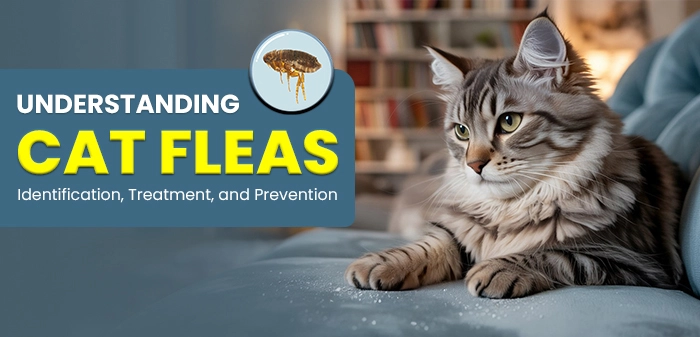
Cats are known for their aloof and independent behavior, but that doesn’t keep them safe from the relentless threats of fleas. These small, blood-sucking parasites are a health hazard capable of triggering everything from discomfort and itching to serious infections or anemia. This makes it clear that understanding how to identify, treat, and prevent flea infestations is essential for your pet’s overall well-being. Well, in this blog, we’ll walk you through everything you need to know about cat fleas.
We’ll dive into their life cycle, signs of infestations, and the most effective cat preventive treatments and measures to keep your furry friend safe and itch-free.
Let’s get started!
What Do Cat Fleas Look Like?
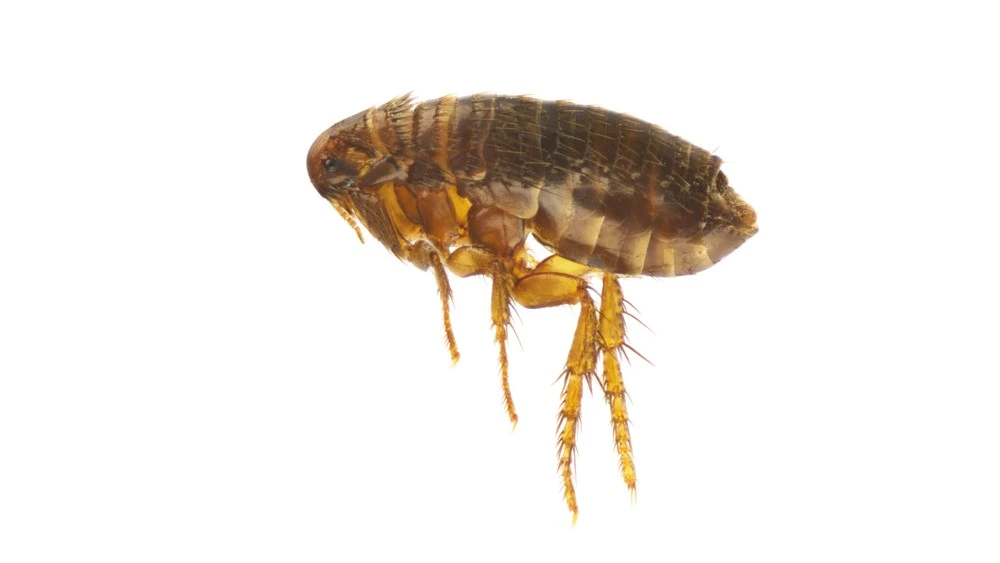
Cat fleas, scientifically known as Ctenocephalides felis, are small, wingless, reddish-brown parasites with a laterally compressed body. They are around 1-3 mm long and have specialized mouthparts designed for piercing the skin and feeding on blood.
Cat fleas have powerful hind legs, which allow them to take long leaps and hop onto hosts. Along with a compressed body, the hair and spines on their legs help them move through the fur and attach to the host.
Understanding the Flea Life Cycle
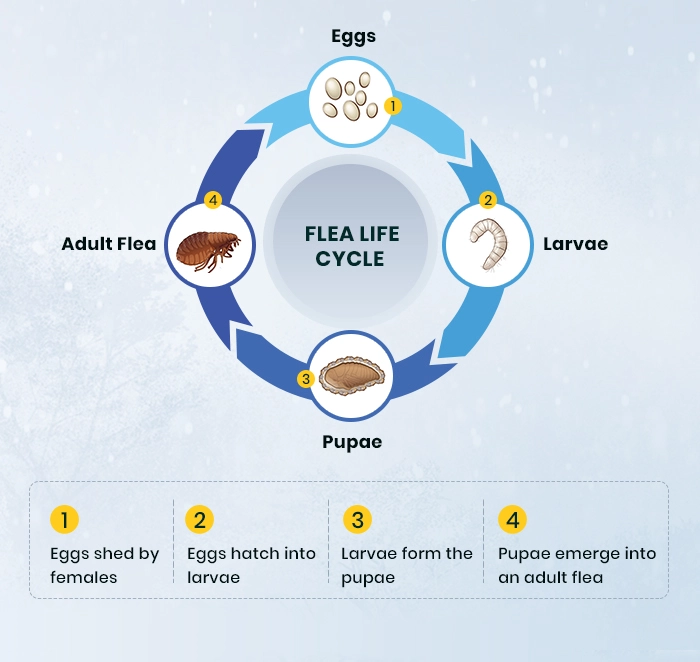
Fleas have an intricate but very interesting life cycle, which goes through four stages: egg, larva, pupa, and adult. An adult flea is capable of laying up to 50 eggs per day. Fleas lay eggs on their host, which fall off into the environment. Under the right conditions, these eggs hatch for larvae to emerge.
These larvae feed on organic debris, such as flea feces. Then, they enter into the pupae stage, where they remain in a cocoon to develop and emerge as adult fleas, ready to feed. At the rate they multiply, even a single flea can result in a full-blown house infestation. Therefore, it’s crucial to understand the signs of flea infestations.
Symptoms of Cat Flea Infestation
Here are the common signs of fleas in cats:
- Visible fleas
- Flea dirt
- Fever
- Lethargy
- Fur loss or bald spots
- Excessive licking, chewing, or scratching
- Skin infections
- Red bite marks or scabs
What Makes Protection Against Fleas Crucial?
Fleas are only small in size, but these blood-sucking parasites can cause a plethora of issues, from mild itching & discomfort to severe diseases. If not treated in a timely manner, fleas in cats can lead to the following health issues:
- Dermatitis
- Severe allergies
- Hair loss
- Skin infections
- Itching
- Anemia
- Paralysis
How to Get Rid of Fleas?
In this segment, we’ll discuss the various steps you can take to get rid of fleas from your home and ensure your cat’s safety.
Clean Your House:
To get rid of fleas, thoroughly cleaning up the house is among the first steps you should take. This includes vacuuming your carpets, floors, and mattresses to remove all stages of fleas hiding in your home. Especially get the areas and spots your cat uses the most.
Wash Your Pet’s Bedding:
It’s possible that flea eggs can hide in your cat’s bedding, waiting for the right time to hatch and infest your beloved pet. To avoid that, wash their bedding at least once a week with warm water along with their toys.
Monitor Outdoor Time:
Fleas have powerful hind legs and can make incredibly high jumps for their size. They can easily jump onto your pet when they are out on a walk or playing and cause a deadly infestation. To avoid that, monitor outdoor times and pay attention to the pets and pet parents your cat is interacting with.
Maintain Your Lawn:
Fleas typically hide in grass for the warm, humid conditions it offers and can latch onto your pet when they pass. Therefore, it’s very important to regularly mow your lawn and keep it clean from debris and unwanted puddles.
Popular Cat Flea Treatments
Along with the measures discussed above, you can rely on the following popular cat flea treatments:
Capstar

Capstar is a fast-acting oral flea treatment designed to protect cats and kittens from 4 weeks of age, weighing at least 2 lbs. These tablets feature nitenpyram as the active ingredient, which starts killing adult fleas within 30 minutes of administration and achieves 90% effectiveness within 6 hours.
Seresto Collar
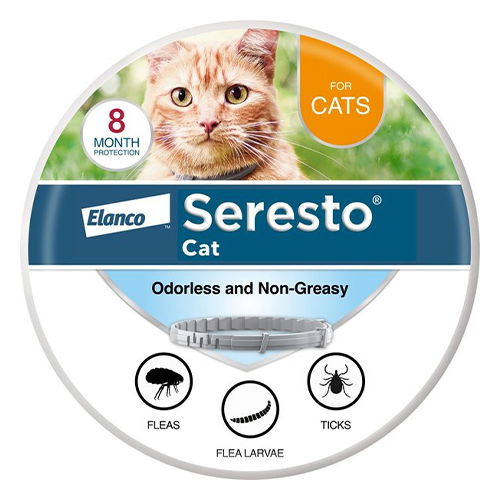
Seresto Collar is a long-lasting treatment recommended for cats and kittens from 10 weeks of age. This non-greasy and odorless collar is made with a unique polymer matrix technology that ensures a slow, consistent release of active ingredients. With this consistent flow of active formula, Flumethrin and Imidacloprid, it continues to repel and kill adult fleas for up to 8 months. Moreover, it kills fleas before they can lay eggs.
Revolution Plus
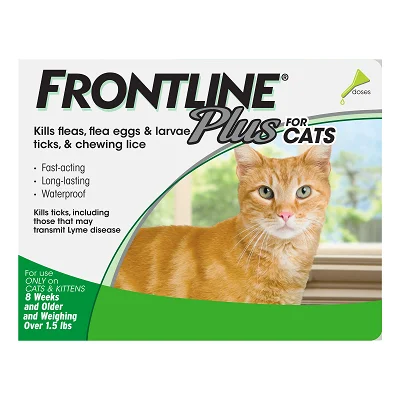
Revolution Plus is a potent broad-spectrum topical treatment formulated for cats and kittens from 8 weeks of age, weighing at least 2.8 lbs. With Selamectin and Sarolaner as the active ingredients, this topical treatment kills adult fleas and prevents flea infestations. Moreover, it aids in the prevention of flea tapeworm infestation.
Preventive Measures
Preventing fleas in cats requires a holistic approach, which includes a host of things such as:
- Maintain regular visits to the vet
- Regularly groom and brush their hair to maintain airflow
- Clean the surrounding environment and regularly mow your lawn
- Sweep or vacuum your sofas, mats, chairs, etc.
- Monitor your cats both indoors and outdoors
- When going out for walks, avoid heavily wooded areas
Parting Words
Fleas may be persistent, but with the right knowledge and proactive care, they’re far from unbeatable. Use the information shared in this blog to recognize the early signs and take timely measures to improve the condition and protect your cat. Stay vigilant, stay informed, and your feline friend will thank you with every happy, scratch-free purr.

